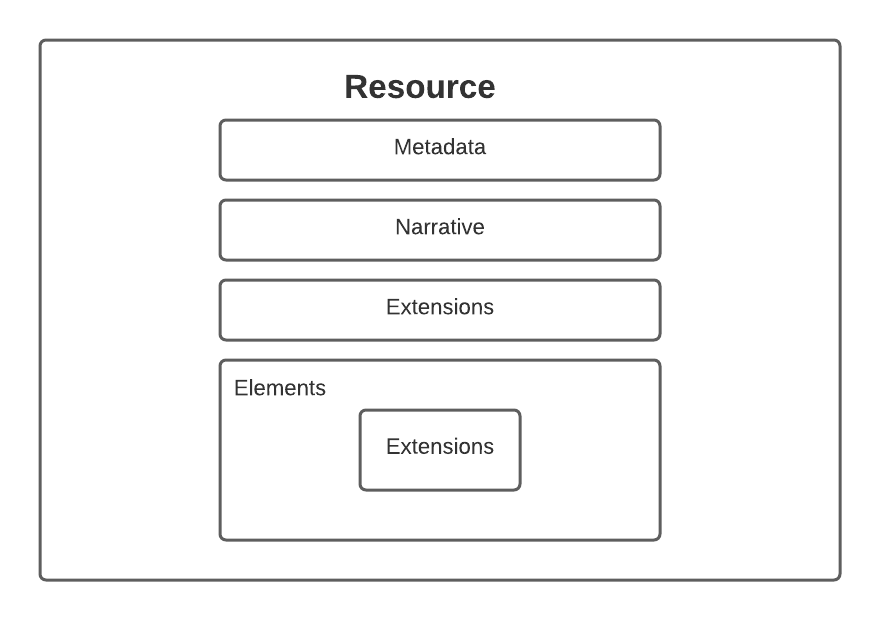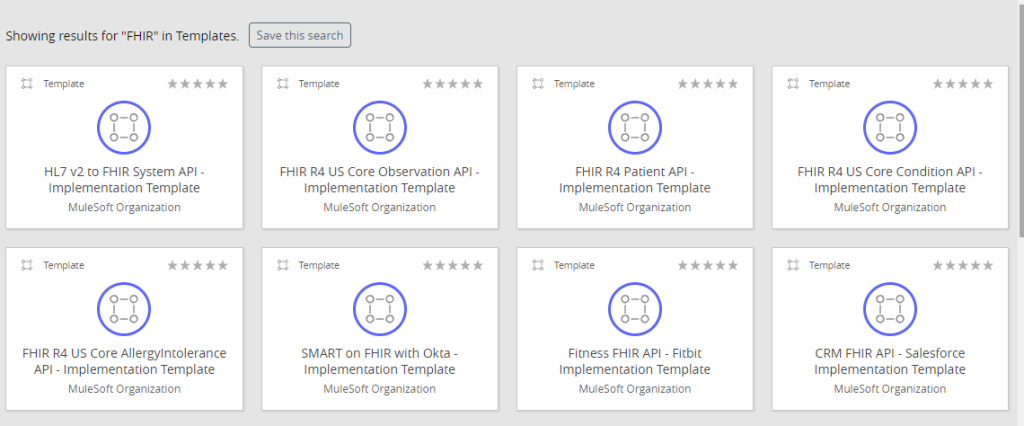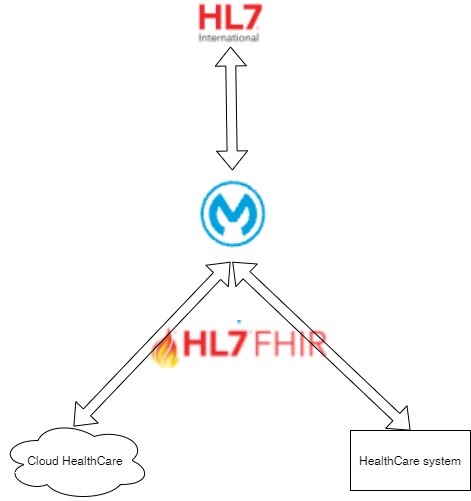In an increasingly digital world, we are seeing a bulk load of data coming from mobile, web applications, smart digital experiences, and real-time technologies. Everything is going digital. From the travel industry to agriculture, digitalization is happening all around us in response to COVID-19 — and this has especially impacted healthcare.
Across healthcare and life sciences organizations, many are further leveraging modern technologies to improve and enhance the patient experience; but this cannot happen without the exchange of data between multiple systems. Data shared between systems may include patient data, vaccination usage, availability data, and much more. With these types of complex information, integration generates more data than ever before, making it oftentimes difficult to manage.
This is why healthcare integrations are critical to achieving operational efficiency. The first step towards achieving greater efficiency is interoperability by having a consistent means to represent that critical data through FHIR to achieve a global representation of data.
What is FHIR and how can it improve healthcare interoperability?
FHIR stands for Fast Healthcare Interoperability Resources and is an industry term for describing data formats and elements for exchanging electronic health records. FHIR defines a standard data structure that different healthcare systems can use to exchange data with differing systems.
The main goal of FHIR is to facilitate interoperability between legacy health care systems, making it easier to provide information to healthcare providers and others across a wide variety of devices including computers, mobile phones, tablets, or even a smartwatch. FHIR also allows third-party application developers to provide medical applications which can be easily integrated into existing systems rather than having to create everything from scratch every time saving important time and money.
These are the most important features of FHIR:
- FHIR is a model of global data standardization.
- FHIR revolves around predefined resources.
- FHIR provides extensions that help to extend predefined resources and data types.
- FHIR is based on the commonly used HTTPS protocol.
- FHIR easily and consistently makes it easy for most analytics tools and platforms to read and generate reports (i.e., various COVID-19 tracking tools and websites).
How FHIR and API implementation can work together in healthcare
Because of these features, FHIR is a highly touted choice for integration. Let’s quickly look into the structure of resources in FHIR and how successful health systems already use it with API implementation for exchanging data in the following image.

Each of these components plays a critical role in the structure of resources in FHIR. Let’s dive into the purpose of each of these components below:
- Resource: These are meant to capture a meaningful amount of data.
- Metadata: Contains details about the resource, such as when it was created or last updated.
- Narrative: Contains XHTML so that the resource can be read in browsers without having to parse apart all the data. Any resource that is a DomainResource (all resources except Bundle, Parameters, and Binary) may include a human-readable narrative that contains a summary of the resource and may be used to represent the content of the resource to a human.
- Extensions: Used to include data that is not part of the defined structure of the resource.
- Elements: The base definition for all elements contained inside a resource is an element.
Four ways MuleSoft enables FHIR-compatible APIs
As is common in healthcare organizations, data needs to be exchanged between multiple systems to provide clinicians with real-time patient information. However, organizations still need an integration platform that will help build APIs which will use these data models. MuleSoft provides an integration platform to create FHIR-compatible APIs.
With MuleSoft, you can create and publish FHIR-compatible APIs with the following four available tools:
- MuleSoft Accelerators for FHIR integrations
There are more than 50 MuleSoft Accelerators for healthcare such as the FHIR R4 Patient API. The Implementation Template, for example, allows us to quickly start with development and spend more time innovating rather than spending time creating from scratch.

- FHIR R4 assets
FHIR R4 assets are collections of assets to support MuleSoft customers who are developing Fast Healthcare Interoperability Resources (FHIR) APIs using MuleSoft.
- FHIR RAML libraries for easy design
FHIR RAML libraries allow organizations to create their own API RAML contract much more easily and at a faster pace since it will result in a plethora of pre-defined FHIR data types which are available immediately.

- HL7 v2 to FHIR converter
MuleSoft’s HL7 v2 to FHIR converter removes the manual effort required for conversion by providing an HL7 preconfigured connector, though it can be also extended to support custom fields and segments.

Conclusion
Connecting systems is no longer an option for healthcare companies. In an increasingly digitized world, integrating systems is necessary to deliver the best patient care and experience. As records are digitized, across the vast healthcare domain, FHIR can help health systems achieve standardization which in turn makes it easy to integrate multiple systems. MuleSoft can help guide your organization through FHIR standards and ease the entire process by providing ready-made assets, converters, and libraries.
Learn more about the expanded capabilities of the MuleSoft Accelerator for Healthcare.









